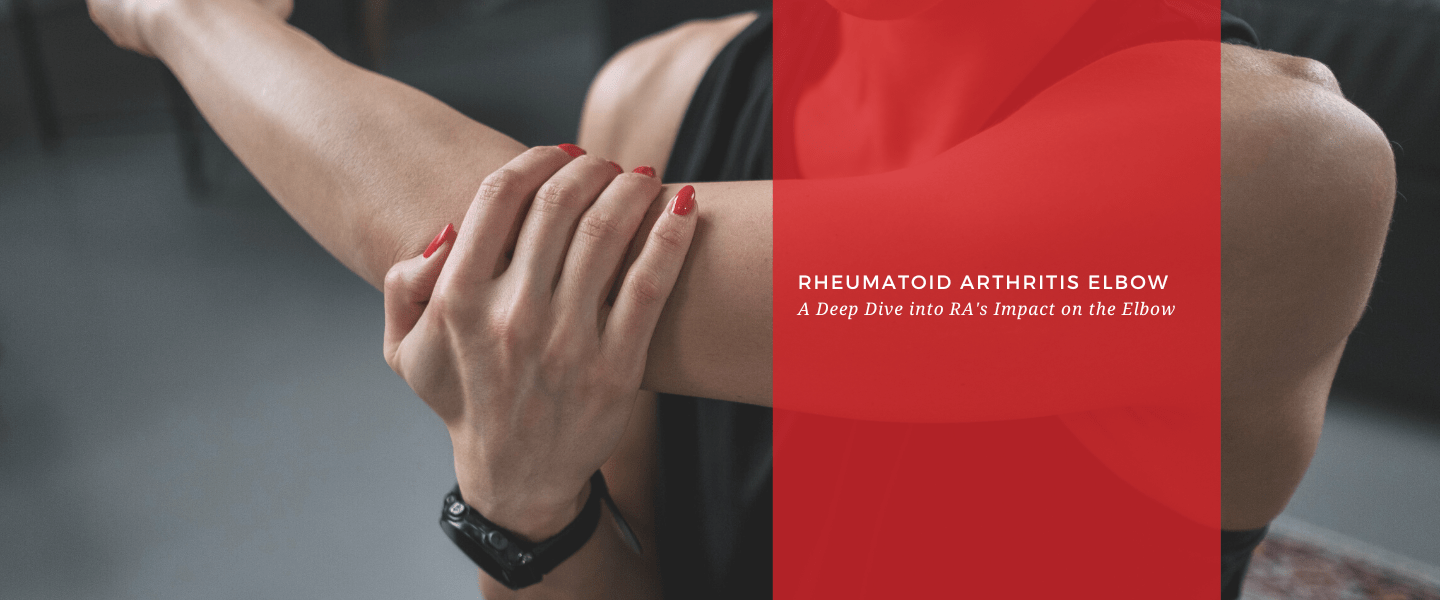With over 1 million orders

Rheumatoid Arthritis Elbow: A Deep Dive into RA's Impact on the Elbow
In this post, we dive into how Rheumatoid Arthritis affects the elbow joint. Read more about the unique symptoms, learn the value of early identification, and explore comprehensive approaches to managing RA in the elbow for a better understanding of this condition.
Rheumatoid Arthritis (RA) is a systemic autoimmune disorder that primarily affects the joints. While commonly associated with the hands and wrists, RA can also have a significant impact on larger joints, like the elbow. Understanding RA's effects on the elbow can be pivotal for early diagnosis, management, and preserving joint function.
Understanding Rheumatoid Arthritis
RA is an inflammatory condition where the immune system mistakenly targets joint linings called synovium. This attack causes swelling and can eventually lead to joint damage and deformities. While the exact cause of RA remains unknown, it's believed to be a mix of genetics and environmental triggers.
RA's Influence on the Elbow Joint
The elbow is a hinge joint made up of three bones: the humerus (upper arm bone) and the radius and ulna (forearm bones). The synovial membrane lines these bones, producing fluid that lubricates the joint and facilitates smooth movement.
In RA, the immune system's attack on the synovial lining causes inflammation, leading to:
- Joint Swelling: The synovial membrane thickens, producing excess fluid. This swelling can cause pain and restrict elbow movement.
- Pain: Elbow pain in RA can range from a dull ache to sharp, intense pain, especially during movement or applying pressure.
- Decreased Range of Motion: Over time, inflammation can cause joint damage, leading to reduced flexibility in the elbow. This can affect simple tasks like lifting, bending, or rotating the arm.
- Joint Instability: As RA progresses, it can erode the bone and weaken the muscles around the elbow, causing instability.
- Joint Deformities: Chronic inflammation might lead to changes in the joint's structure, resulting in visible deformities.
Symptoms Unique to Rheumatoid Arthritis in the Elbow
While pain and swelling are common arthritis symptoms, RA in the elbow can manifest some specific signs:
- Bilateral Symptoms: RA often affects joints symmetrically. So, if one elbow is affected, the other likely is too.
- Morning Stiffness: Unlike other forms of arthritis, RA often causes joint stiffness that lasts for an extended period in the mornings.
- Rheumatoid Nodules: These are firm lumps that can appear around the elbow joint in RA patients. While not always painful, they can indicate disease severity.
Navigating Treatment and Relief
While RA has no cure, early diagnosis and intervention can manage symptoms and prevent joint damage.
- Medication: Disease-modifying anti-rheumatic drugs (DMARDs) can slow RA's progression. Anti-inflammatory drugs and corticosteroids can also help manage inflammation and pain.
- Physical Therapy: Regular exercises tailored to your needs can help maintain joint flexibility. A physical therapist can guide you through routines that strengthen muscles around the elbow, reducing pain and improving mobility.
- Lifestyle Changes: Maintaining a healthy weight reduces stress on joints. Incorporating a balanced diet rich in Omega-3 fatty acids, antioxidants, and vitamins can also have anti-inflammatory benefits.
- Elbow Supports: Wearing elbow braces or sleeves can offer additional support, especially during activities that strain the joint.
- Surgery: In advanced RA cases where the elbow joint has sustained significant damage, surgical interventions like joint replacement or synovectomy (removal of the inflamed synovial tissue) might be recommended.
Rheumatoid Arthritis Elbow: Bottom Line
Rheumatoid Arthritis's influence on the elbow, though less discussed than its impact on smaller joints, is significant. Early detection, combined with a comprehensive treatment approach, can offer relief and ensure that the elbow continues to function as the invaluable joint it is in our daily lives. Awareness and proactive management are crucial in this journey, helping those affected lead active and fulfilling lives.
